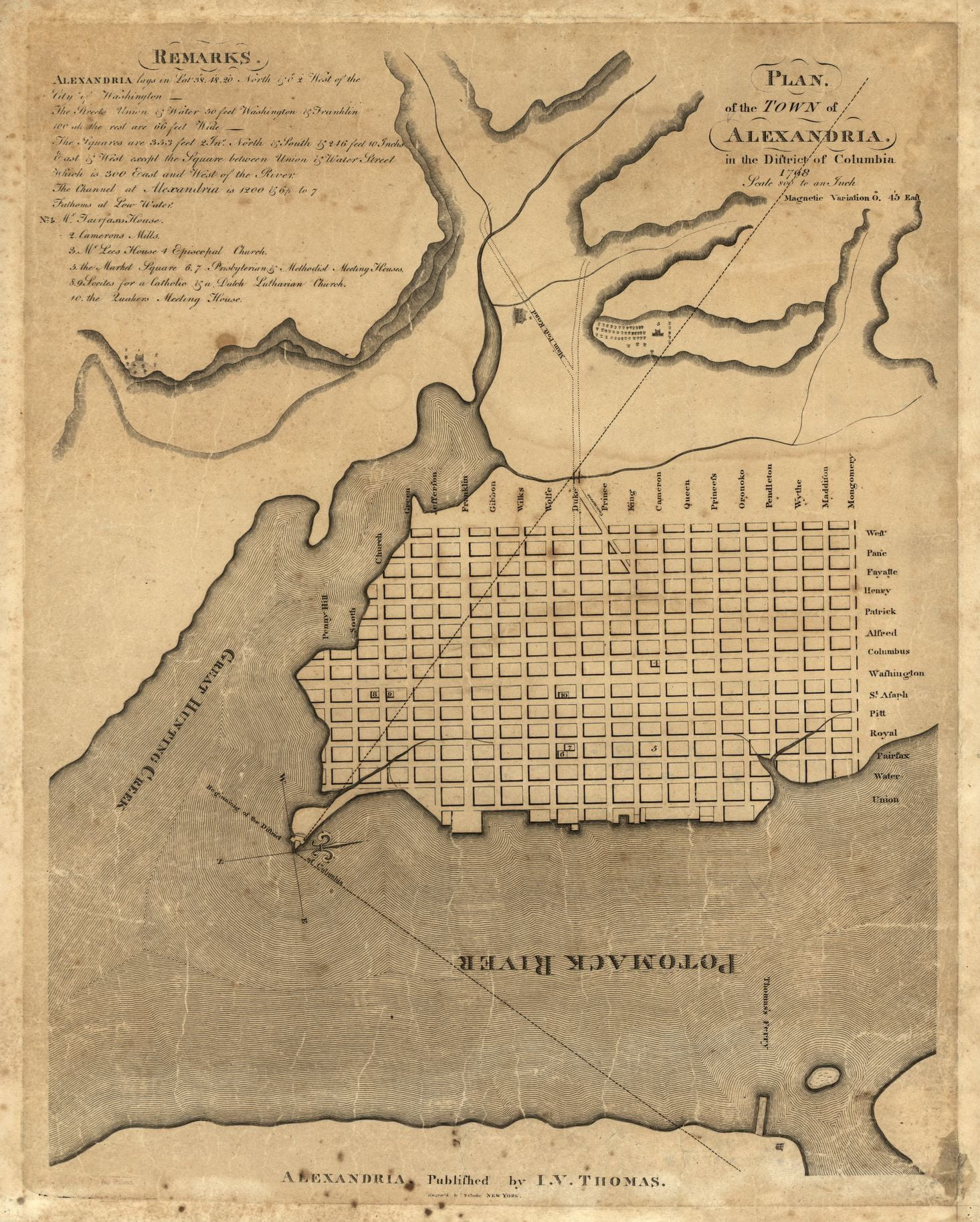
Implementing the Louisiana Purchase – Jacob F. Lee
Being surprised is one of the great pleasures of historical research. As little as a passing reference in a single document can spark new understandings of a person, event, or era. In 2019, I began research on a book project about the long aftermath of the Louisiana Purchase and the United States’ century-long project of colonizing the vast lands it had ostensibly acquired from France in 1803. Early on, I…




